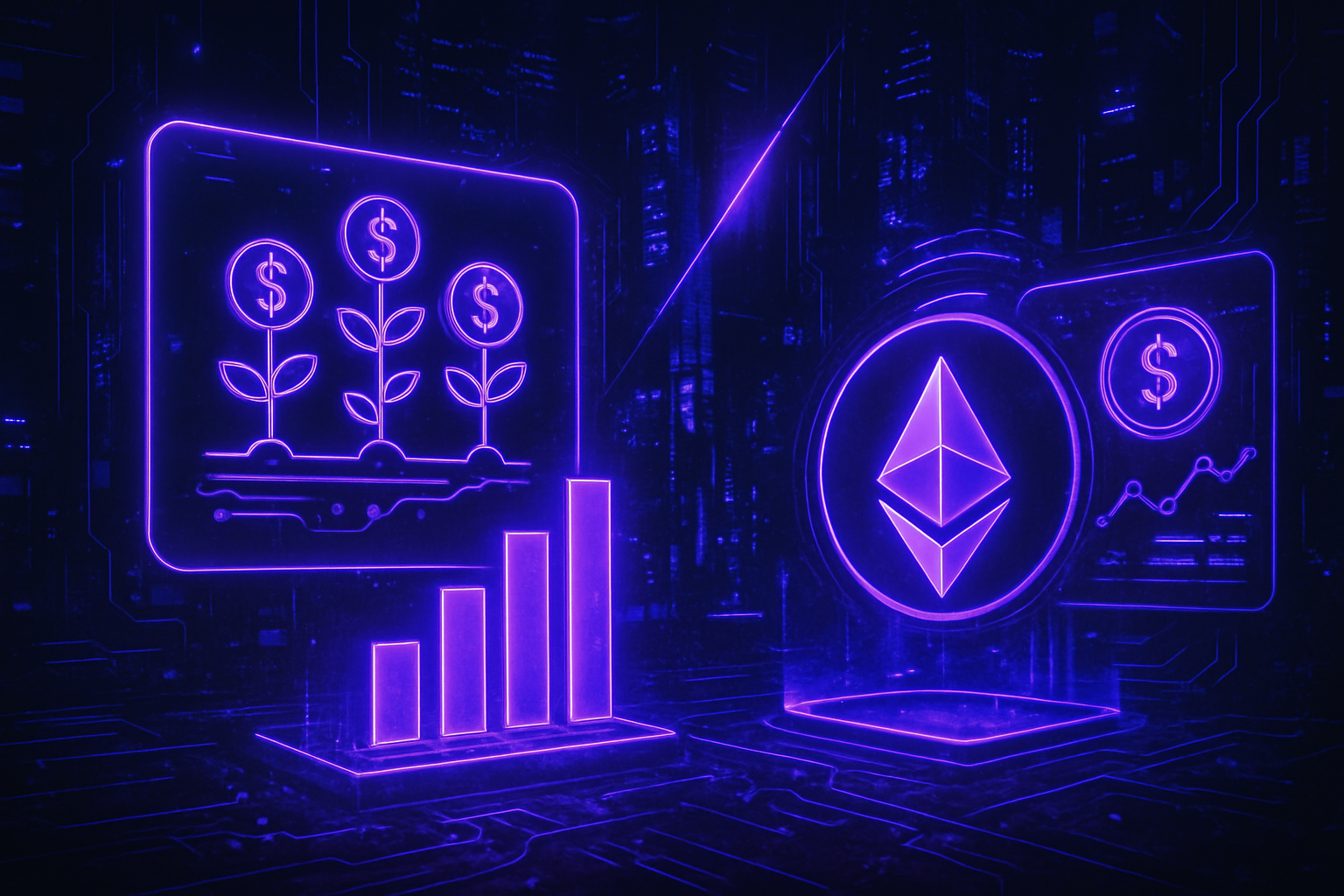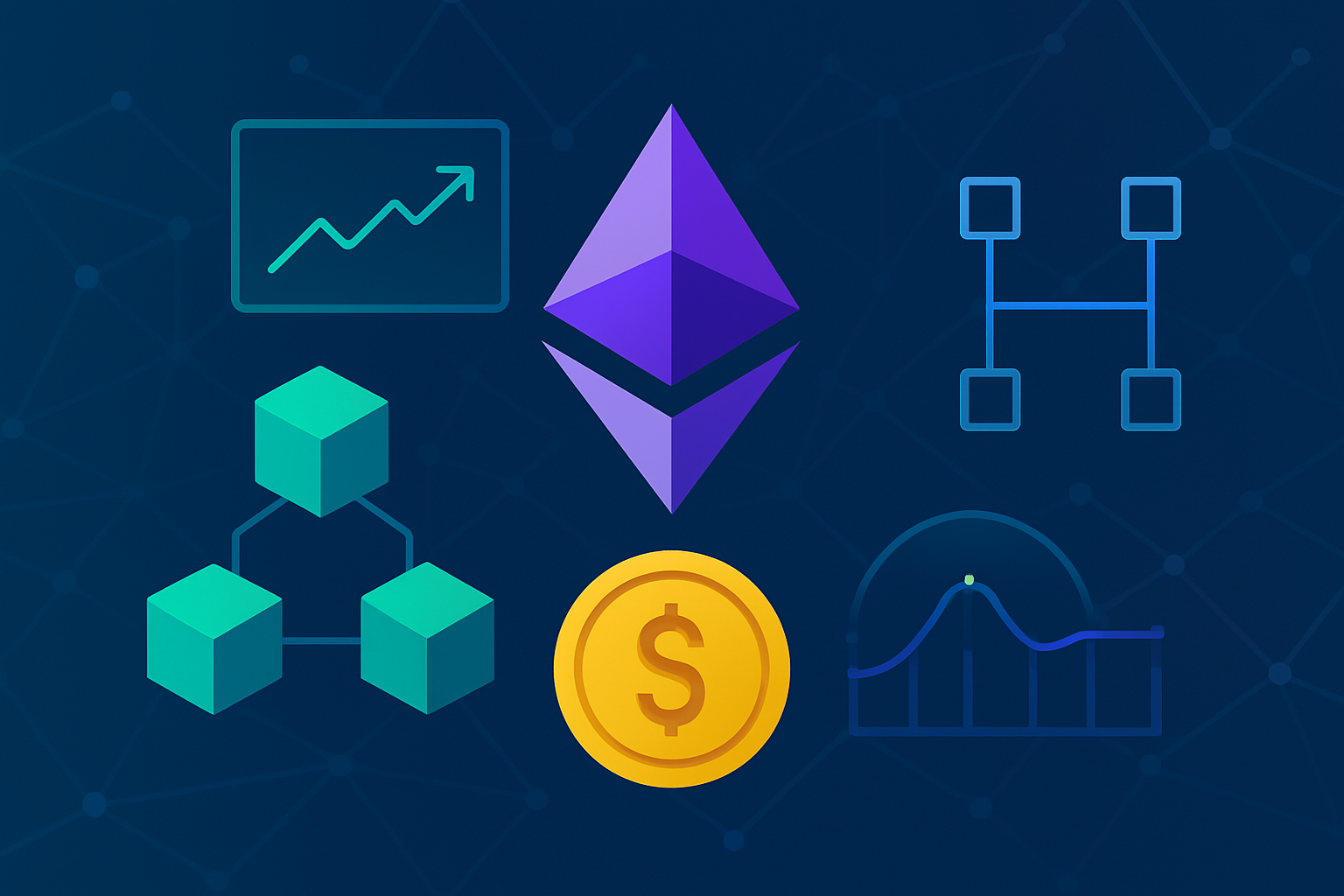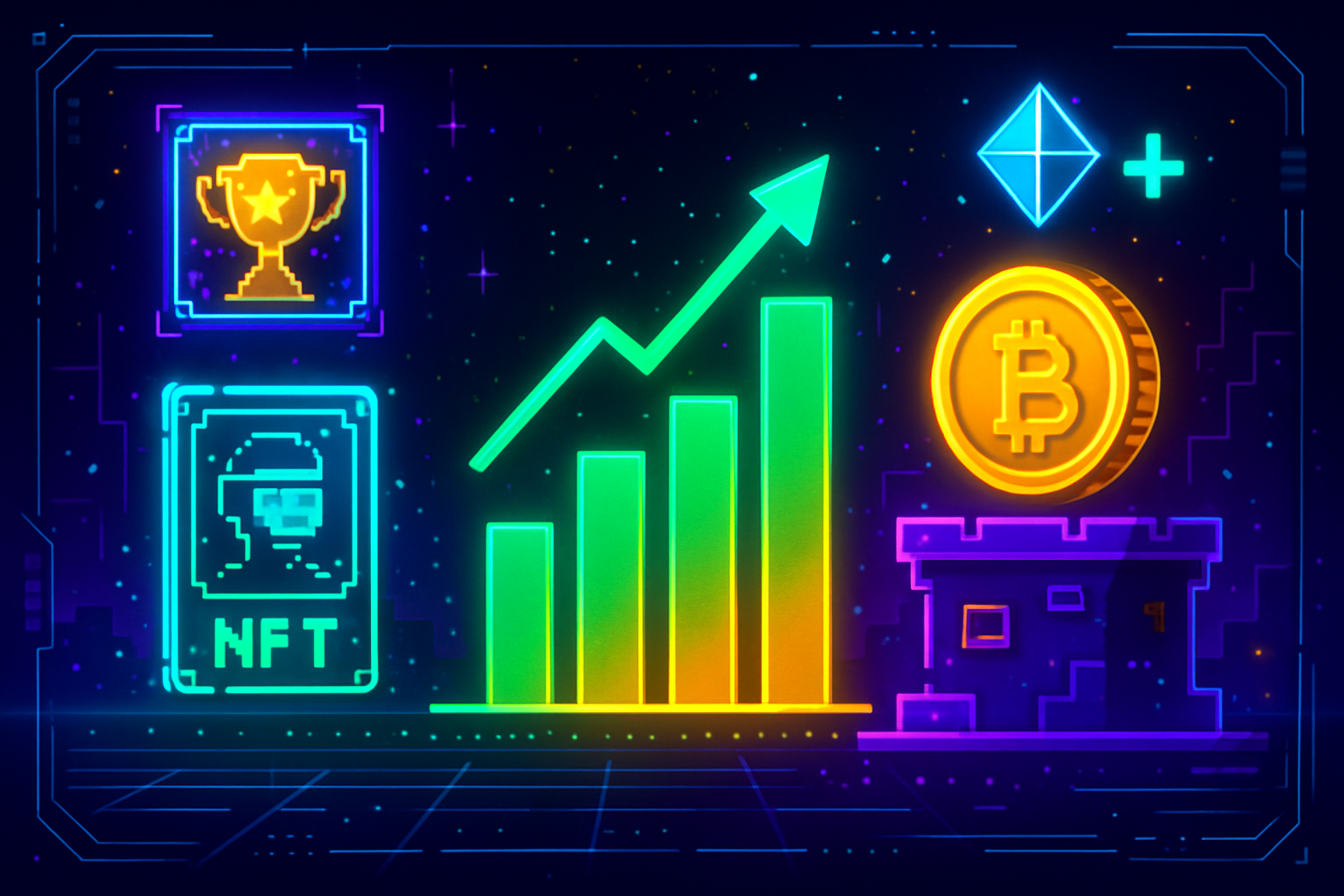
Ronin Network’s evolution from a standalone sidechain to an Ethereum Layer 2 (L2) chain marks a pivotal moment not just for the Ronin ecosystem, but for the entire Web3 gaming sector. As of November 2025, Ronin has officially begun its migration to the OP Stack, Optimism’s modular open-source L2 framework. This transition is already capturing attention across both developer and investor circles, with the promise of block times as low as 100,200 milliseconds and throughput that can scale to one million transactions per second. These advances are set to position Ronin as Ethereum’s fastest gaming L2, fundamentally reshaping user experience and scalability for blockchain games.
![]()
Why Block Times Matter: The 90ms Revolution in Web3 Gaming
For blockchain gaming, latency is everything. Traditional blockchains like Ethereum mainnet operate with block intervals measured in seconds. Even legacy Ronin offered a respectable 3-second block time as a sidechain. However, competitive multiplayer games demand near-instant feedback, think of how lag can ruin a match in esports or real-time strategy titles. By leveraging Optimism’s OP Stack, Ronin is targeting block times between 100 and 200 milliseconds, with some sources even reporting intervals as low as 90ms during periods of network optimization.
This leap isn’t just about speed for speed’s sake. Sub-200ms block production enables seamless gameplay loops where asset transfers, NFT updates, and in-game transactions feel instant to users, removing friction that previously forced many Web3 games to offload logic off-chain or rely on custodial solutions. In effect, Ronin’s OP Stack integration bridges the gap between on-chain security and off-chain responsiveness.
The Mechanics: How OP Stack Powers Ultra-Fast Blocks
The secret sauce behind these rapid blocks lies in the architecture of the OP Stack itself. Unlike monolithic chains where consensus, execution, and data availability are tightly coupled (and thus bottlenecked), OP Stack modularizes each component:
- Sequencers: Dedicated nodes order transactions at high speed without waiting for full finality each round.
- Batchers and Provers: Transactions are bundled efficiently before being posted to Ethereum for settlement.
- ZK Finality (upcoming): Zero-knowledge proofs will further reduce withdrawal times while preserving security.
This separation allows Ronin to process transactions up to 15x faster than its previous architecture, according to official sources. For developers building on Ronin L2, this means you can architect games that require rapid state changes, like turn-based card games or real-time MMOs, without worrying about blockchain lag undermining gameplay integrity.
If you’re interested in technical details or want a deeper dive into how these mechanics translate into real-world scalability stats for games and dApps, see our analysis at this technical breakdown.
Security Upgrades: Inheriting Ethereum’s Trust Model
The transition isn’t just about speed; it also brings a step-change in security posture. By anchoring transaction data and proofs directly onto Ethereum mainnet via the OP Stack rollup model, Ronin now inherits the battle-tested security guarantees of Ethereum itself, a crucial upgrade after past exploits such as the notorious cross-chain bridge hack.
This means assets bridged onto Ronin L2 are protected by Ethereum’s decentralized validator set and economic incentives, not just by a smaller validator cohort or permissioned multisig. For game studios managing high-value NFTs or tokens within their economies, this greatly reduces counterparty risk while opening up new composability opportunities across the entire Superchain ecosystem.
The RON token remains central throughout this migration, serving as gas currency on both legacy and new L2 infrastructure, with its current price standing at $0.3271. For holders and stakers, no immediate action is required during this upgrade phase; all utility remains intact as outlined by official communications.
Developer Ecosystem: Supercharging Game and dApp Innovation
One of the most compelling aspects of Ronin’s OP Stack migration is its impact on the developer landscape. By aligning with Optimism’s open-source tooling and the broader Ethereum Superchain, Ronin unlocks a robust suite of resources for studios and independent developers alike. Milestone-based grants, ranging from $5 million to $7 million, are earmarked to incentivize builders who push the envelope in Web3 gaming and DeFi. This influx of capital and technical support is expected to fuel a new wave of high-performance, on-chain games that were previously unfeasible due to network constraints.
Additionally, the OP Stack’s modular design means developers can focus on game logic and user experience without being bogged down by low-level infrastructure concerns. Seamless interoperability with other Superchain members further enhances composability, enabling, for example, cross-game asset transfers or shared liquidity pools across different L2s. As the Ronin ecosystem grows, expect a proliferation of plug-and-play SDKs, smart contract templates, and analytics tools tailored specifically for gaming use cases.
User Experience: What Gamers Can Expect from 90ms Block Times
The shift to sub-200ms block times is not just a developer story, it’s a gamer’s revolution. Players will notice:
- Instant in-game actions: Moving an NFT sword between inventories or claiming tournament rewards happens at near-web2 speeds.
- No more waiting for confirmations: Gameplay loops remain unbroken by blockchain lag or pending transaction popups.
- Lower fees, higher throughput: The combination of rapid blocks and efficient batching means even microtransactions are feasible without prohibitive costs.
This leap forward in responsiveness will be especially transformative for genres like collectible card games (CCGs), real-time strategy (RTS), or any multiplayer title where milliseconds matter. By removing friction at every layer, from wallet interactions to NFT upgrades, Ronin is poised to redefine expectations around what on-chain gaming can deliver.
Looking Ahead: Ronin as Ethereum’s Premier Gaming Layer
The roadmap doesn’t stop at fast blocks. With upcoming features like ZK finality for rapid withdrawals and continued integration into Ethereum’s Superchain vision, Ronin is building towards an ecosystem where games are not just faster but fundamentally more secure and interoperable than ever before. This positions Ronin as the go-to platform for studios targeting mass-market blockchain gaming.
For those tracking the broader impacts on dApps and users, it’s clear that this migration will set new standards for both technical excellence and community engagement in Web3 gaming. Developers can now build ambitious projects without compromise; gamers can finally experience seamless on-chain play; investors gain confidence from Ethereum-grade security, all while RON remains central as the network’s value anchor at $0.3271.
If you want to explore how these advances affect scalability stats or get a technical deep dive into OP Stack mechanics powering sub-200ms finality, check out our latest guides on zkEVM-powered gaming.




